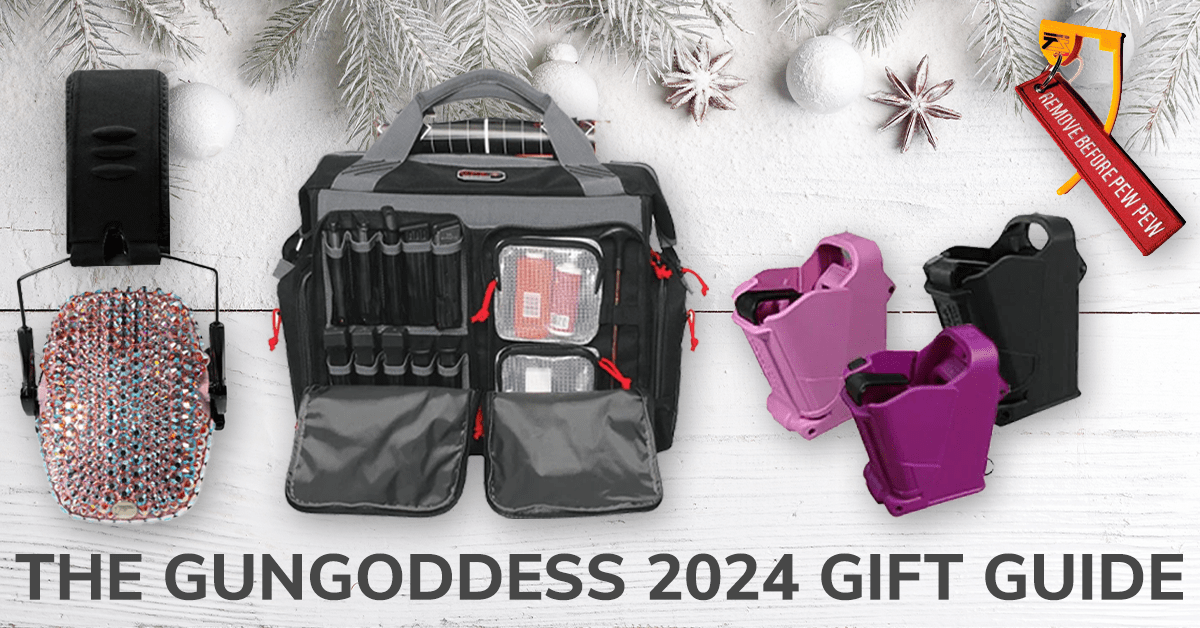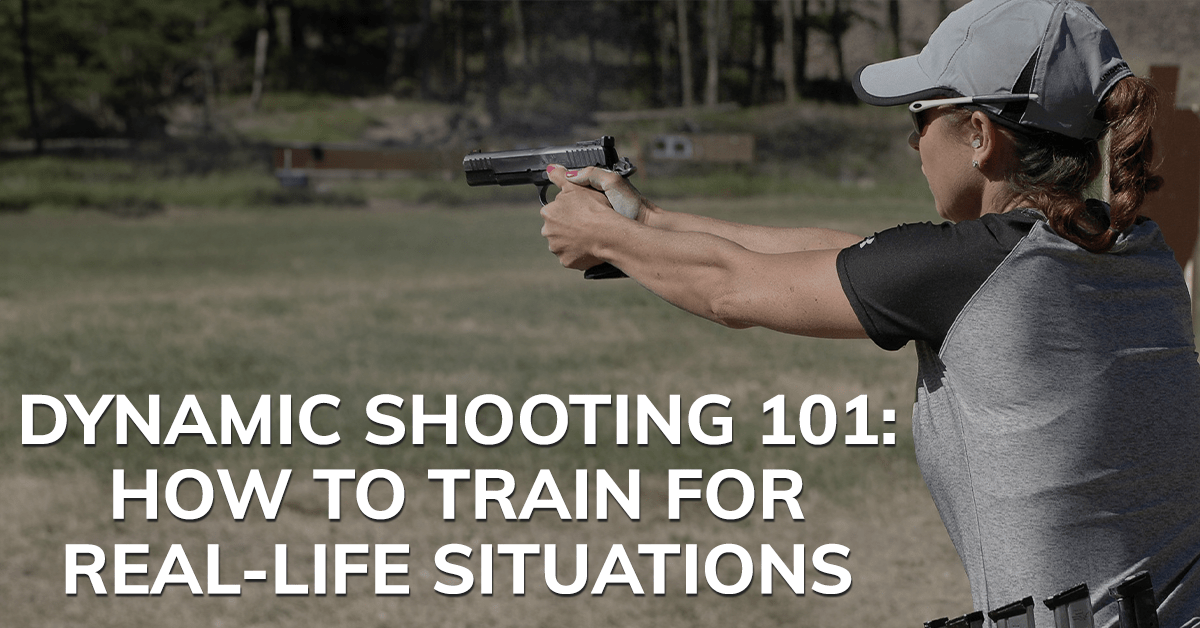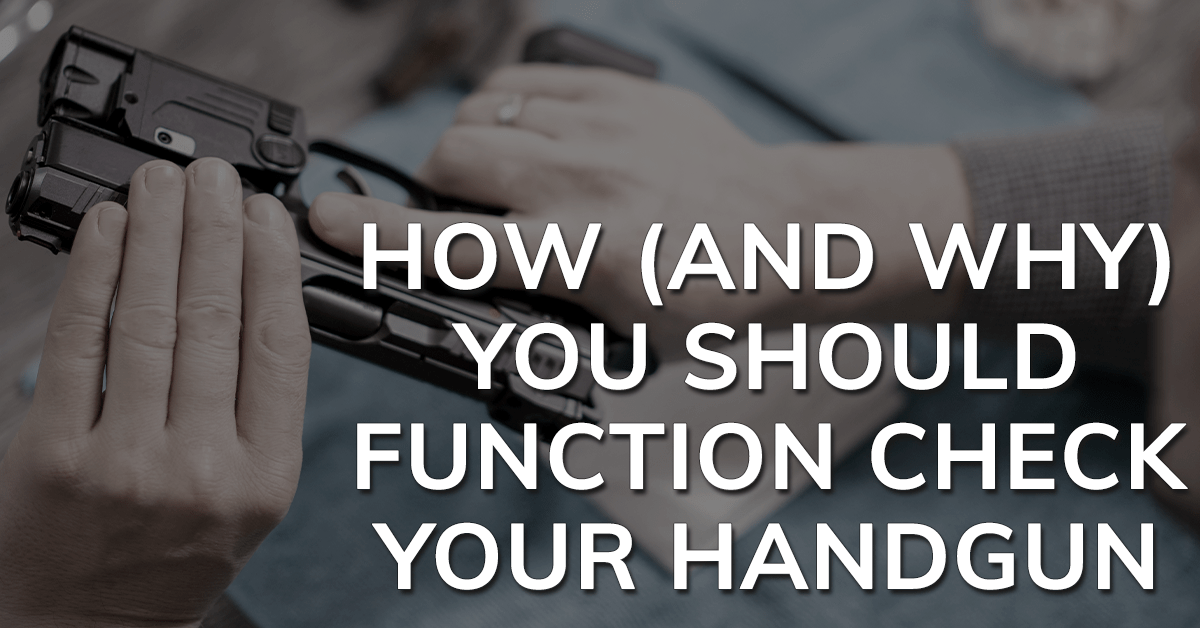Your Cart is Empty
Orders Over $100 Ship FREE (USA)!
Orders Over $100 Ship FREE (USA)!
CONCEALED CARRY
(Apparel with holster pockets or concealed-carry features)
(Apparel with holster pockets or concealed-carry features)
PARTS & GEAR
RANGE STYLE
Gift shopping & not sure about size or style? Give a gift card instead!
Gift shopping & not sure about size or style? Give a gift card instead!
GIFT IDEAS
The entire site is full of products that make great gifts, so browse all of our collections! Still not sure? Give a gift card!
The entire site is full of products that make great gifts, so browse all of our collections! Still not sure? Give a gift card!
EXPLORE
Win a Piece of Jewelry & a $50 GG Gift Card - enter here!
How to Set Your 2025 Training Goals
3 min read
As the current year winds down and we head into 2025, now is a good time to take a step back and think about your firearms training. Setting specific goals will give your training direction and purpose, and that holds true whether you’re a concealed carrier, shooting sports competitor, or just want to become more confident and responsible with your firearm.
If you haven’t set goals before, that’s ok! Our guide will help you break things down into simple, manageable actions, so you can stay focused and make steady progress without feeling overwhelmed.
Why Setting Firearm Training Goals Matters
Setting concrete goals gives you something to work toward, making your practice more focused and effective. If you’re carrying concealed, being proficient with your firearm is not just a good idea—it’s an essential skill. The ability to quickly draw and take an accurate shot could be the difference in a life-or-death situation. If you’re trying to improve in competition, specific training goals help you refine your skills and push you up to the next class.
Start by Defining Your Goals
The first step in your training journey is figuring out exactly what you want to achieve. You can’t hit a target you haven’t defined it, which is why you need to clarify your goals. Getting granular gives you a clear vision of what you want to achieve, and also helps you measure progress and stay on track.
To define specific training goals, think about what you want to improve and make it measurable. For example, instead of a vague goal like "become more accurate," focus on something concrete, like "I want to be able to consistently hit an 8-inch steel plate at 15 yards, within the next 90 days." This gives you a clear goal to work toward and lets you to track your progress over time, making it easier to see improvements and stay motivated.
Equip Yourself for Success
Now that you’ve set your goals, it’s time to make sure you have everything you need to succeed. Having the right equipment can make a huge difference in your progress. For example, if dry fire training is part of your plan, you might want to invest in a dry fire system or at least a dry fire training book. These tools can pinpoint weaknesses and give instant feedback. If you compete, upgrading your gear can help. A specialized competition holster, for example, can help streamline your draw and improve your overall speed.
Shoot Drills That Match Your Goals
Your next step is deciding on the right drills to help you reach your goals. Tailor your practice to your specific needs, whether it’s increasing speed, refining your accuracy, or improving both.
Shot regularly, these classic drills can help you with your performance:
The Bill Drill: Great for improving speed and accuracy with multiple shots at close distances.
The 5x5 Skills Test: Tests speed, precision, and reaction time.
Dot Torture Drill: Ideal for working on accuracy and dominant/support hand shooting.
Make sure to find new challenges and advanced drills too. Look into more dynamic shooting training with drills that involve movement, such as shoot-and-move drills or reactive shooting, which will mimic the unpredictability of real-life situations.
Measure Your Progress with Live Fire Practice
Get yourself to the range and start practicing. The first time you train, you’ll want to establish a baseline. This means testing your times, accuracy, and overall performance under pressure.
Make sure to measure your starting point so you can track your progress over time. Using a shot timer or smartphone app will help you clock your reaction times and speed consistently.
After a few weeks of practice, revisit your baseline. Compare the numbers, look for improvements, and adjust your plan based on your results. By constantly re-assessing your performance, you’ll always be working on your targeted growth areas.
Consistency Is Key
Staying motivated and consistent can be the hardest part of training. It’s easy to skip a session, but don’t let it become a habit. Try to set a regular schedule, and stick to it as much as possible. If you get off track, simply pick up where you left off - and don't beat yourself up about it!
If you’re struggling to stay motivated, consider finding a shooting partner. Having a buddy to compete against or share progress with can make your sessions more enjoyable and help keep you accountable.
If you’re still struggling to practice regularly, consider using an app that can track your practice and analyze your performance. When you can easily see the progress you've made, it can help you stay motivated.
Once you meet your initial goals, don’t stop. Set new ones, adjust your drills, and keep improving. The best shooters get that way because they're always setting new challenges for themselves, and so should you!
Also in Newest Posts

The GunGoddess 2024 Gift Guide: Must-Have Essentials for Any Gun Owner
3 min read
Buying a gun-related gift for a firearms owner can be tricky. Take a look at our gift guide for gun owners to make gifting easier this year!
Read More
Dynamic Shooting 101: How to Train for Real-Life Situations
4 min read
If you carry, you absolutely have to learn how to shoot dynamically. Here's our helpful guide to get you started.

How (and Why) You Should Function Check Your Handgun
4 min read
Read our simple guide on how and when to do a function check so you can keep your handgun in good shape.
Read More